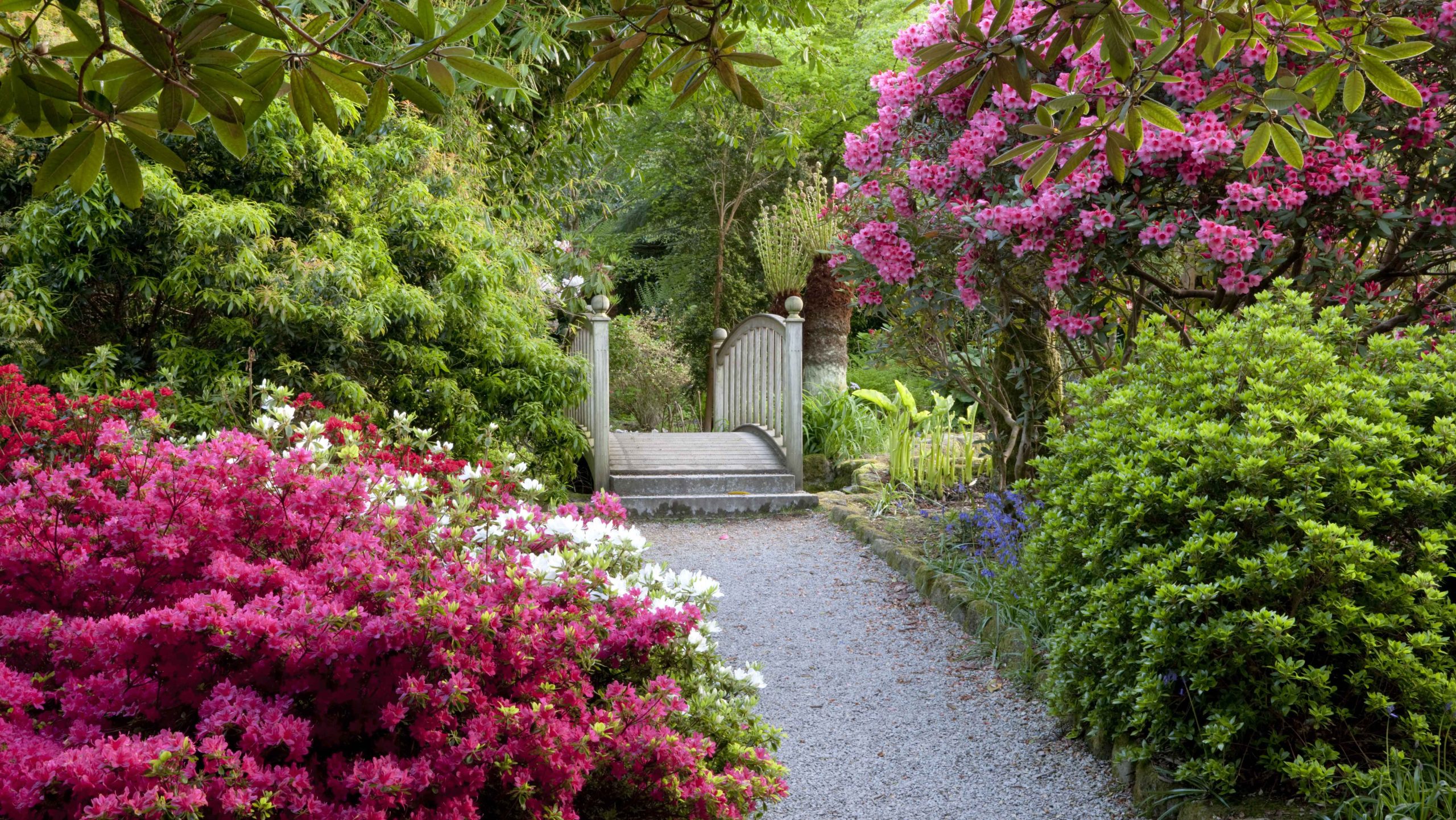Flowers are a source of beauty and inspiration for humans, but they also serve a crucial role in the ecosystem as the reproductive organs of plants. To ensure the survival of their species, plants must attract pollinators, such as bees, butterflies, and birds, to transport their pollen from one flower to another. This essay will explore the science behind flowers, focusing on how plants use colors and scents to attract pollinators and ensure the continuity of their species.
The Role of Colors in Attracting Pollinators
One of the most obvious ways plants use colors to attract pollinators is through the use of bright and vibrant hues. These colors are often associated with the petals of flowers, which are the main attraction for many pollinators. The petals of some flowers are even designed to look like small animals or fruits, further enticing pollinators to visit the flower.
The colors of flowers are largely determined by the presence of various pigments, which are produced by the plant’s cells. These pigments, known as anthocyanins, carotenoids, and flavonoids, are responsible for the different colors we see in flowers. Different species of plants produce different types and amounts of these pigments, which can affect the attractiveness of the flower to pollinators.
For example, some flowers produce anthocyanins, which are responsible for the red, blue, and purple colors often associated with certain species. These colors are thought to be particularly attractive to pollinators because they stand out against the green background of the plant’s leaves. In addition, some flowers produce carotenoids, which are responsible for the orange and yellow colors often seen in flowers. These colors are also attractive to pollinators, as they are associated with ripe fruits and vegetables.
The Role of Scents in Attracting Pollinators
In addition to colors, plants also use scents to attract pollinators. Many flowers produce various volatile organic compounds (VOCs) that are released into the air and detected by pollinators. These scents can be a combination of pleasant and unpleasant odors, depending on the species of plant and pollinator.
Some flowers produce scents that are similar to those produced by ripe fruits and vegetables, which can be attractive to pollinators that are drawn to the scent of food. Other flowers produce scents that are specifically designed to attract certain species of pollinators. For example, some flowers produce scents that are similar to those produced by the urine of certain mammals, which can be attractive to pollinators that are drawn to the scent of predators.
The production of scents by flowers is often regulated by the plant’s internal clock, which ensures that the scent is produced at the most opportune time for pollination. This internal clock is influenced by various factors, such as the length of the day, the temperature, and the humidity, which can affect the overall attractiveness of the flower to pollinators.
The Role of Flower Structure in Attracting Pollinators
The structure of flowers is also important in attracting pollinators. The shape and arrangement of the petals, stamens, and pistils can all affect the efficiency of pollination. For example, some flowers are designed with a specific pollinator in mind, such as the long, tubular flowers that are often visited by hummingbirds.
In addition, many flowers produce nectar, a sweet liquid that is highly attractive to pollinators. The production of nectar is often regulated by the plant’s internal clock, ensuring that the nectar is produced at the most opportune time for pollination. This nectar is not only attractive to pollinators but also essential for their survival, as it provides a source of energy and nutrients.
The Role of Pollination in Plant Reproduction
Pollination is a crucial aspect of plant reproduction, as it ensures the transfer of pollen from the male reproductive organs (stamens) to the female reproductive organs (pistils) of the same or a different flower. This process is essential for the production of seeds and, ultimately, the survival of the plant species.
There are two main types of pollination: self-pollination and cross-pollination. Self-pollination occurs when the pollen is transferred from the stamens of one flower to the pistils of the same flower. This type of pollination is often observed in plants that produce large, showy flowers, such as roses and tulips.
Cross-pollination, on the other hand, occurs when the pollen is transferred from the stamens of one flower to the pistils of a different flower. This type of pollination is often observed in plants that produce smaller, more discreet flowers, such as grasses and legumes.
The science behind flowers is a complex and fascinating subject that sheds light on the intricate relationship between plants and their pollinators. By understanding how plants use colors, scents, and flower structure to attract pollinators, we can gain a deeper appreciation for the beauty and importance of flowers in our ecosystem. As we continue to study the science behind flowers, we may also uncover new insights into the role of pollinators in plant reproduction and the overall health of our planet.

